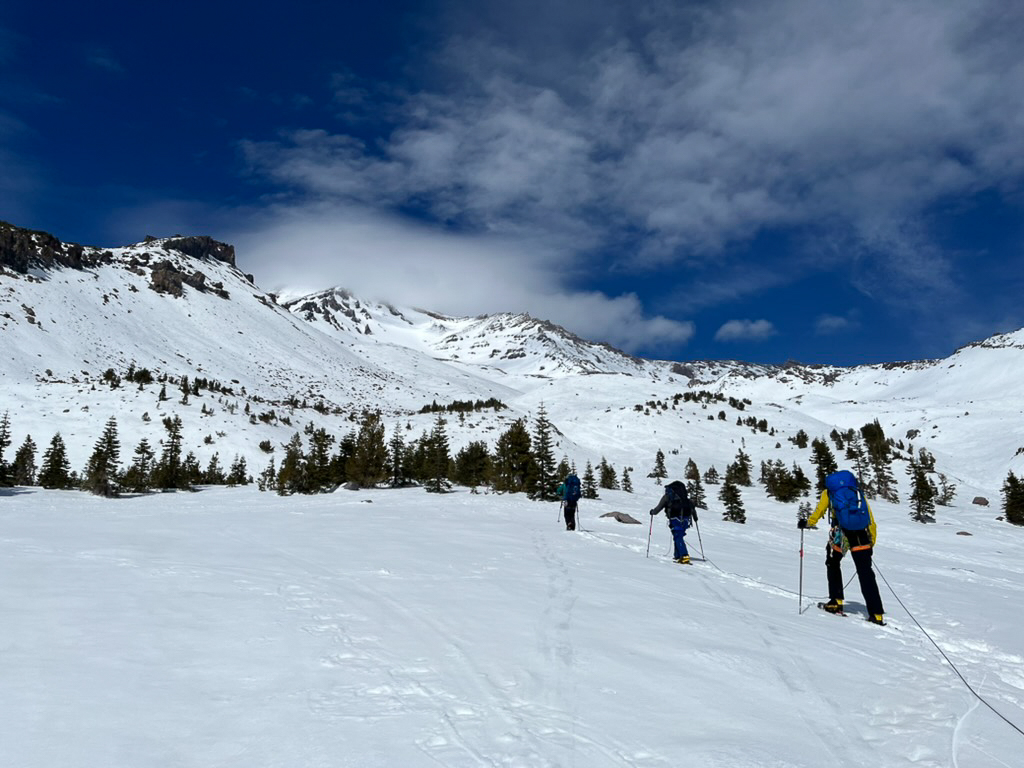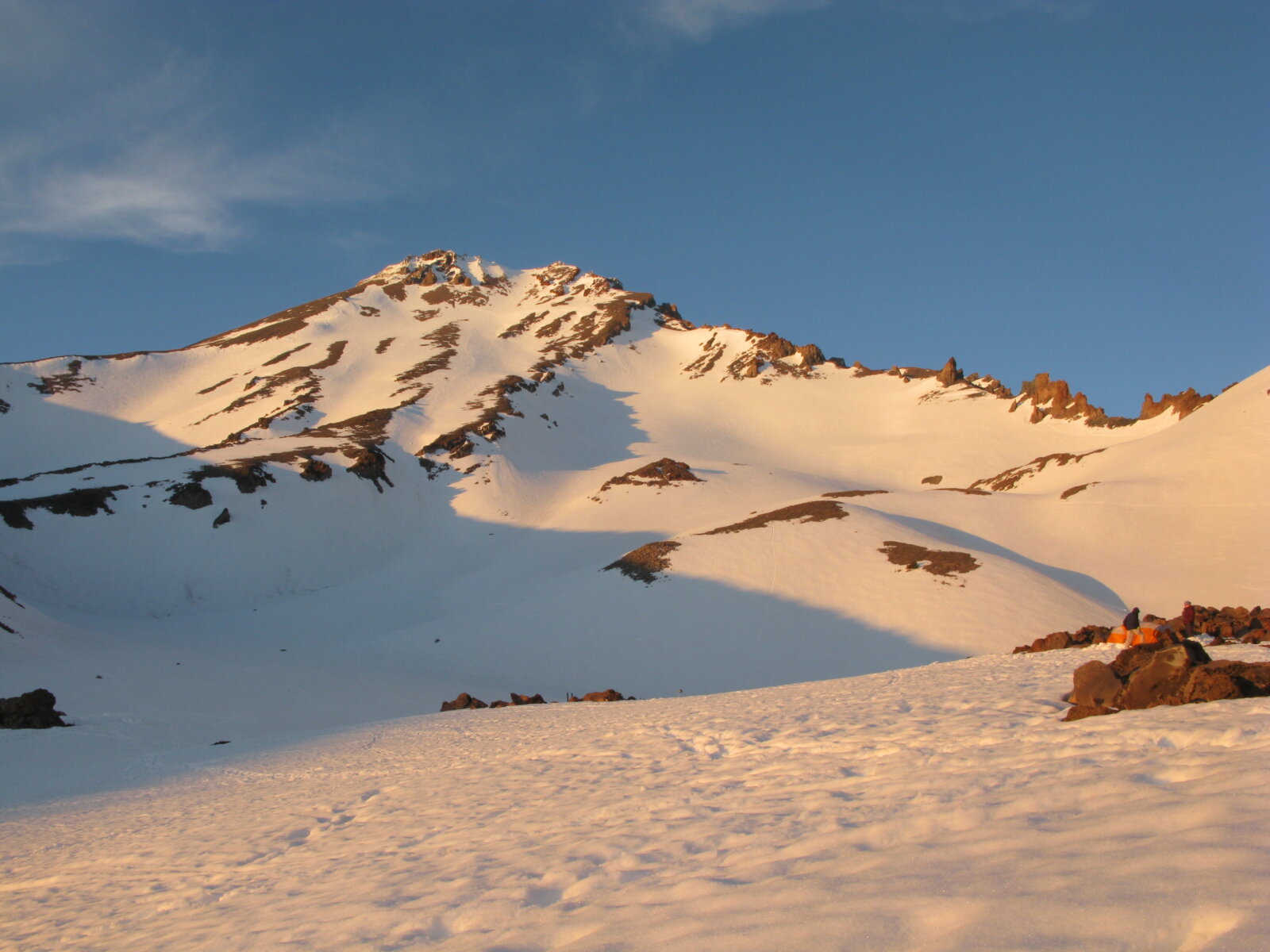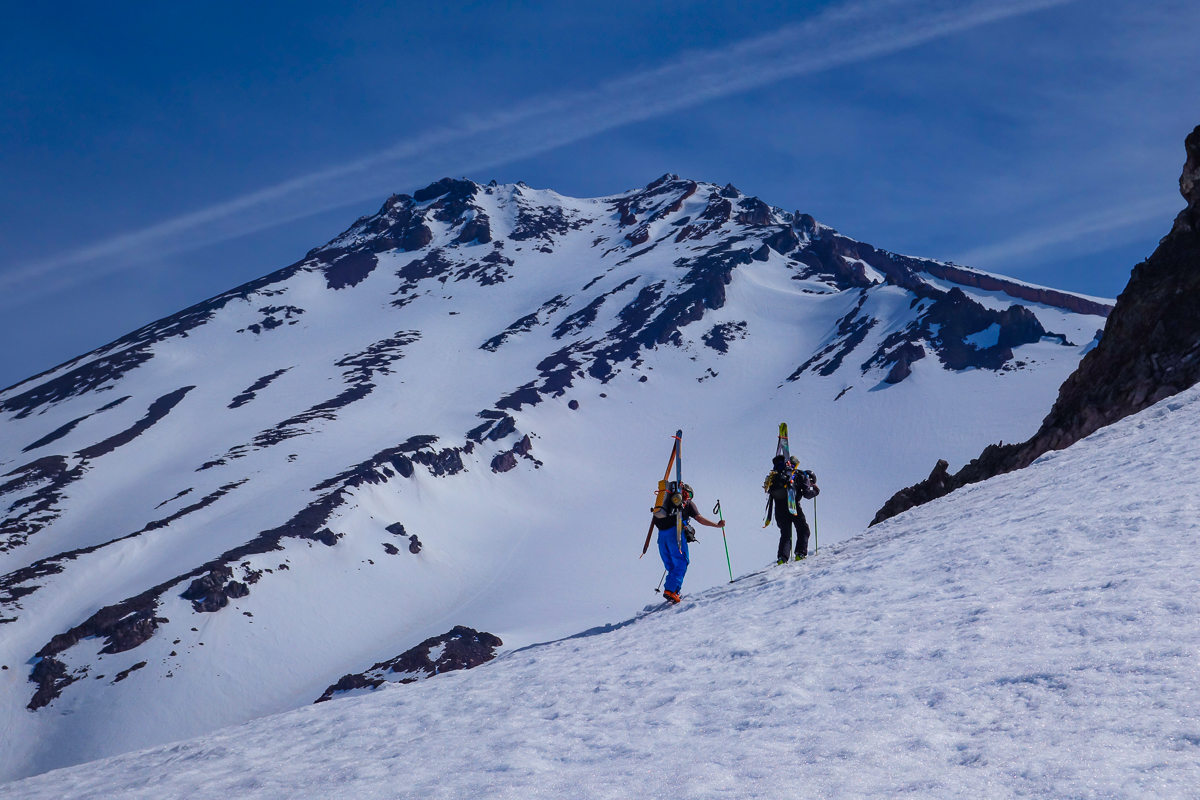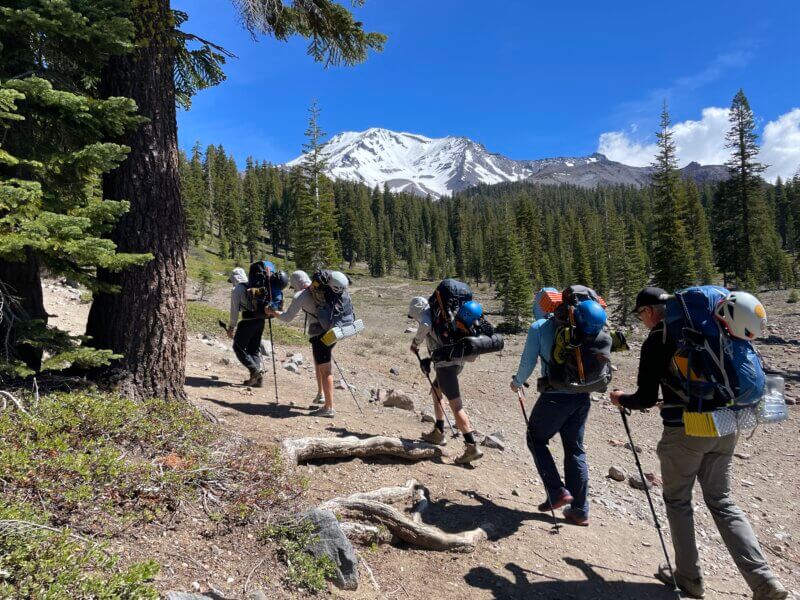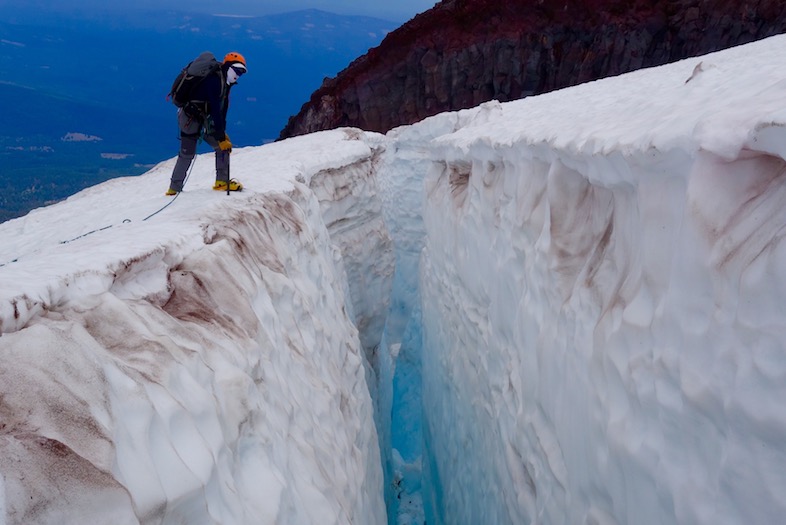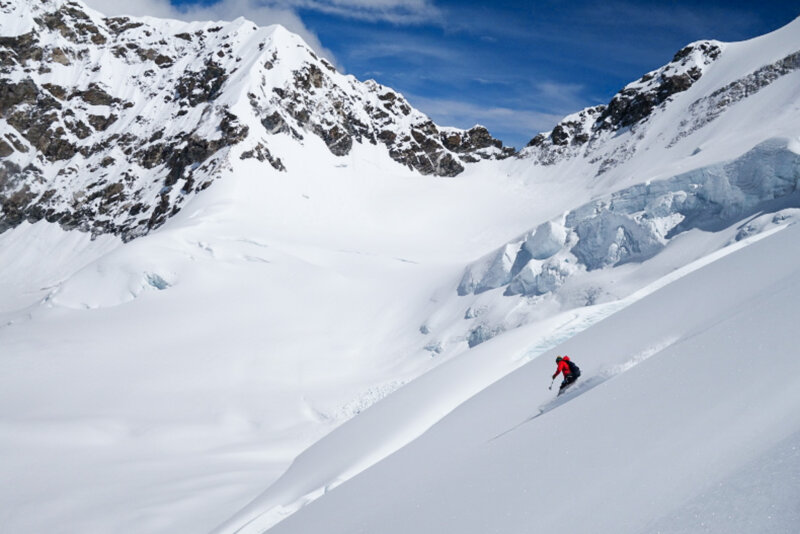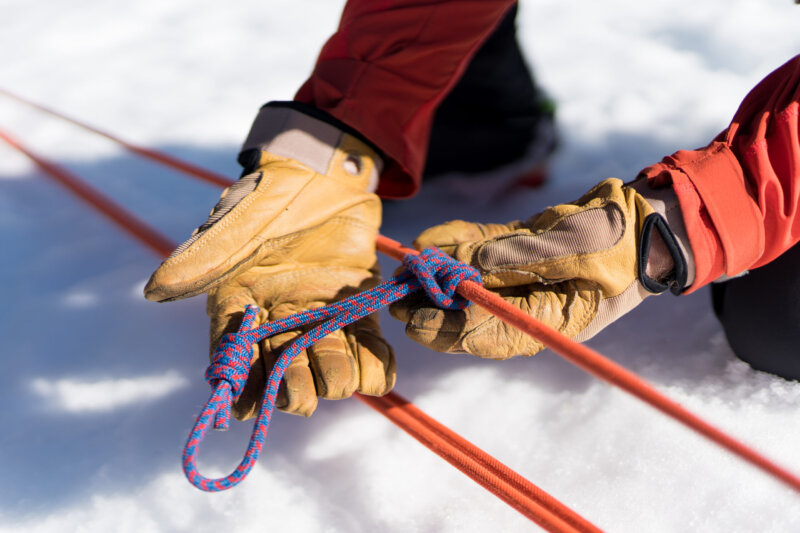Things to Know Before Climbing Mt. Shasta
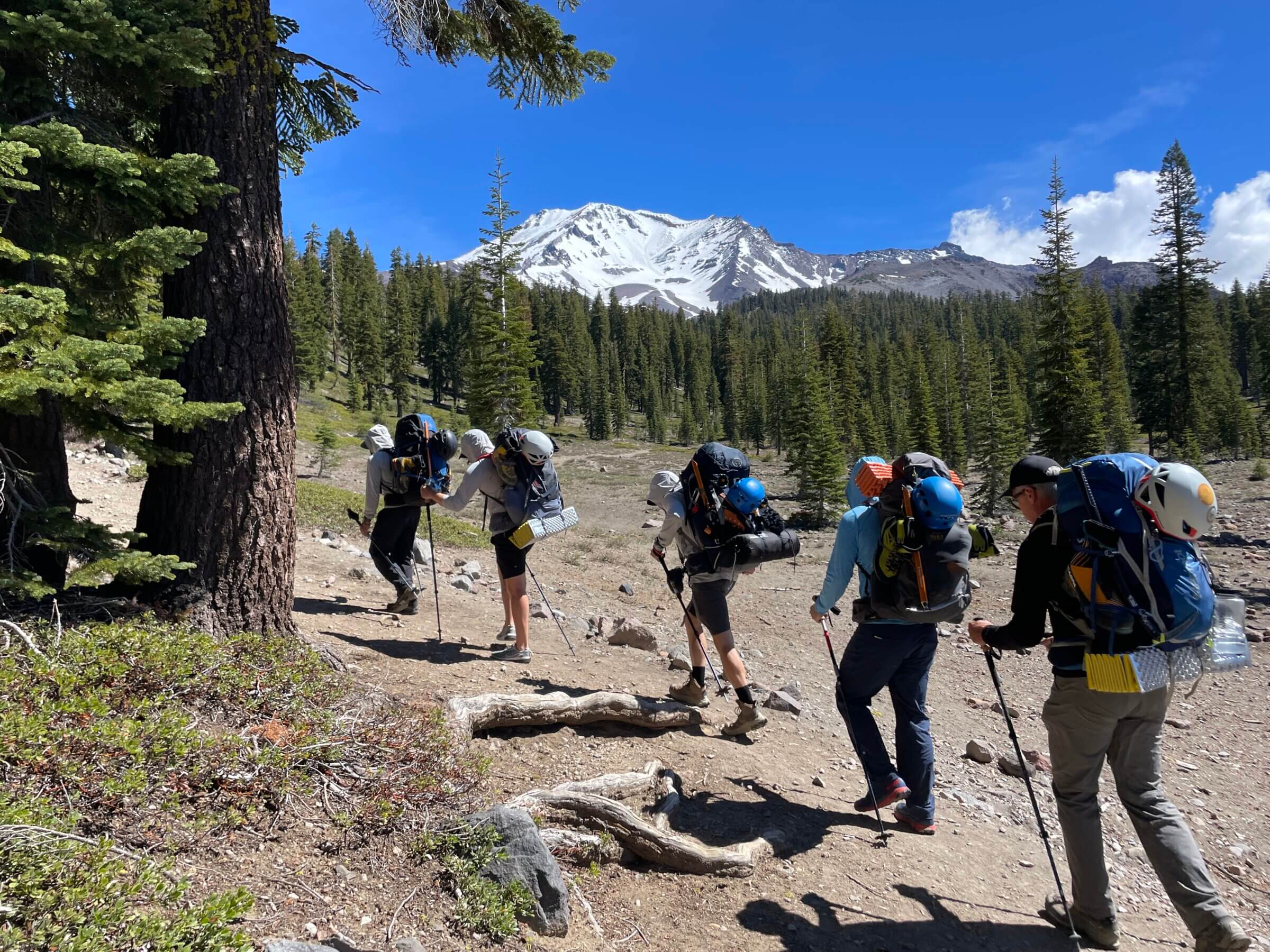
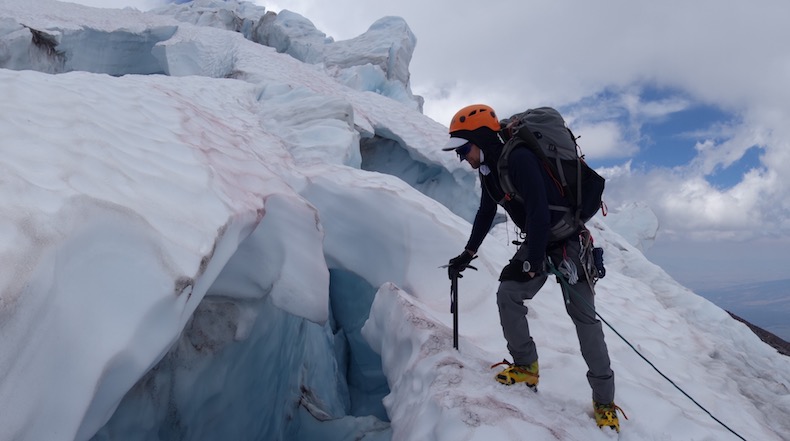

What Class Climb is Mt. Shasta?
Mt. Shasta offers climbing routes ranging from Class 2 to Class 5, with Class 5 representing technical climbing. The most popular routes, such as Avalanche Gulch and Clear Creek, are generally rated as Class 2 or Class 3 climbs. These routes involve hiking on steep, rocky terrain and may require the use of crampons and ice axes for glacier travel. While Mt. Shasta does have more technical routes suitable for experienced climbers, many climbers opt for the more accessible Class 2 and Class 3 routes.
What is the Best Month to Climb Shasta?
The best months to hike Mt. Shasta are typically from late spring to early fall, typically from May to September. During this time, the weather is generally more stable, with fewer snowstorms and milder temperatures. May and June are popular months for climbing due to the presence of more snow, which can provide better glissading opportunities and cover crevasses on the glaciers. It’s also a very popular mountain to ski in the spring and early summer months. However, climbers should be prepared for sudden weather changes and be vigilant about avalanche conditions, especially during the spring months.
How Do I Prepare to Climb Mt. Shasta?
Preparation is key to a successful climb of Mt. Shasta. Here are some essential steps to prepare for the ascent:
Physical Conditioning: Mt. Shasta is a demanding climb that requires good physical fitness. Engage in regular cardiovascular exercise, strength training, and hiking to build endurance and strength.
Gear Preparation: Ensure you have the necessary gear for the climb, including hiking boots, crampons, ice axes, helmets, and appropriate clothing layers. Rent or purchase gear well in advance and practice using it before the climb, especially your boots!
Skills Training: Familiarize yourself with basic mountaineering skills such as self-arrest with an ice axe, glacier travel, and rope management. Consider taking our 5-Day Mountaineering School to dial in your skills!
Weather Monitoring: Stay informed about weather conditions on Mt. Shasta and be prepared for rapid changes in weather. Check weather forecasts regularly and be ready to adjust your plans accordingly.
Permit and Logistics: Obtain any necessary permits for your chosen route and familiarize yourself with the logistics of the climb, including camping options, water sources, and emergency procedures.
By adequately preparing physically, mentally, and logistically, climbers can increase their chances of a safe and enjoyable ascent of Mt. Shasta. Scroll down to view our full array of adventures on Mt. Shasta, and call our office or email us at info@alpenglowexpeditions.com to inquire about private trips.

